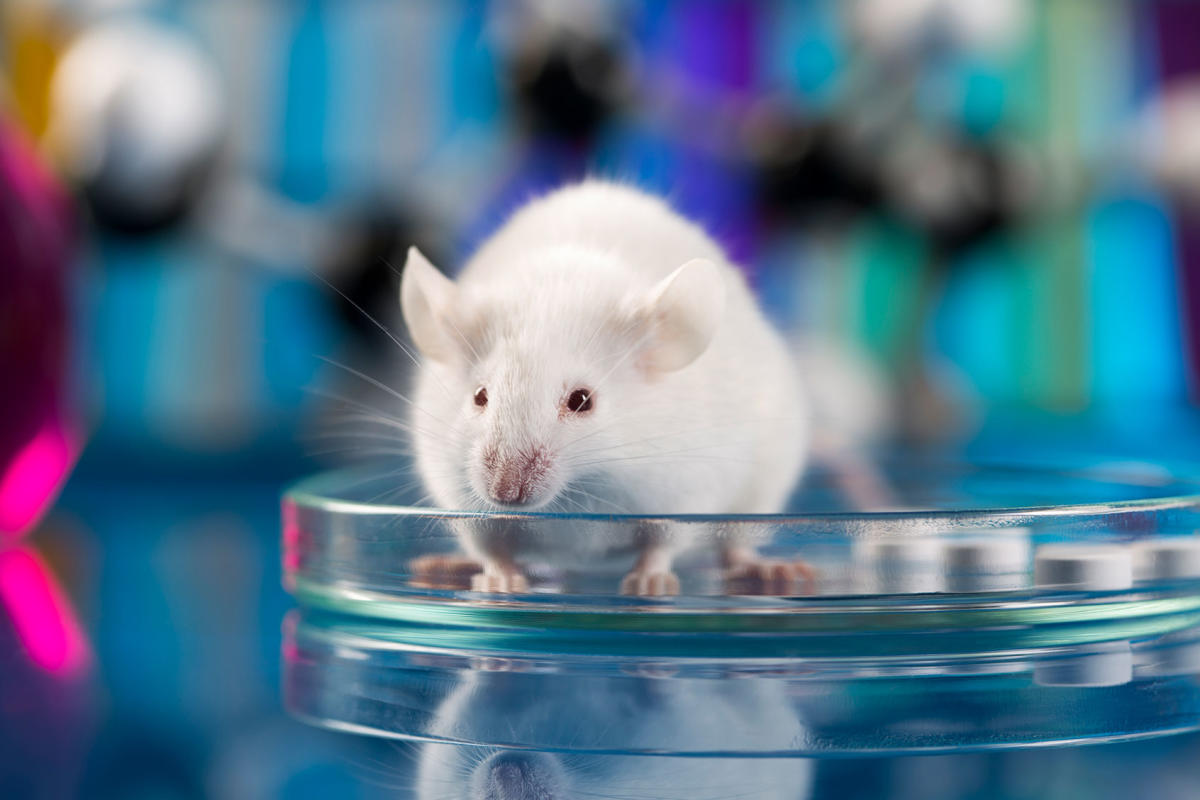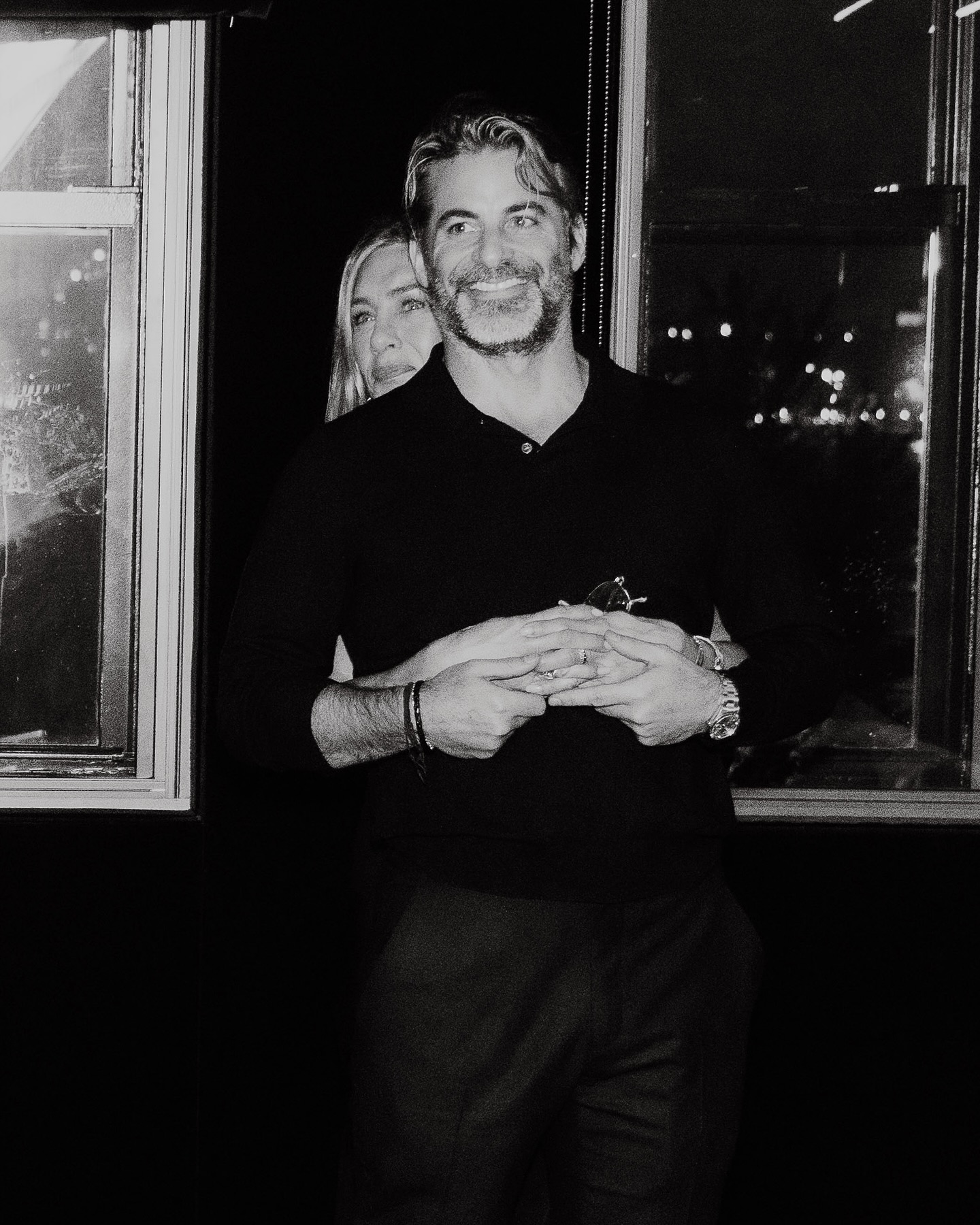Milestone Achievement: Mammal Embryos Successfully Cultivated in Space

In an experiment carried out in 2021, numerous frozen two-cell mouse embryos were successfully defrosted and developed over a period of four days on the International Space Station. On returning to Earth, close to a quarter of the survived embryos had formed into healthy cell clusters referred to as blastocysts.
The results suggest that the effects of radiation and weightlessness in space may not pose immediate threats to mammalian reproduction, according to the researchers who published their findings in iScience on October 27.
The recent study only looks into a single aspect of the complex process of reproduction and development. Under normal conditions, a blastocyst forms after fertilization and implants into the uterus, eventually developing into the placenta and fetus.
Christiane Hahn, a space biologist at the European Space Research and Technology Centre in Noordwijk, Netherlands, who did not participate in this study, views this as a beginning point for biologists. She points out that mouse embryos are the first mammal embryos grown in space, thereby marking a significant milestone in comprehending the impact of space on human reproduction. Past tests involved species like salamanders, rice fish, and quail.
Earlier studies suggested that space conditions potentially harm the initial stages of mice reproduction. In space, rodents were too stressed to mate, and their eggs showed mutations induced by high-level radiation. Nonetheless, freeze-dried mouse sperm remained functional after six years on the space station (SN: 6/11/21).
To navigate past these obstacles, biologist Teruhiko Wakayama and his team sent two-cell embryos to the ISS. A device designed specifically for this test held the delicate developing cells. These cells were then returned to Earth for further examination. Seventeen of the 72 that survived the journey formed into normal blastocysts. They multiplied successfully and differentiated into either fetal tissue predecessors or the placenta.
Future modifications to this method could potentially enhance the rate of success, according to Wakayama from the University of Yamanashi in Kofu, Japan. He believes that the lack of absolute sterile conditions in the space experiment may have escalated cell death.
Blastocysts cannot exist for extended periods without being in uteruses. Thus, the experiment was designed to last a few days only. The team now plans to use any viable embryonic cells from space experiments in mice to understand how the cells would perform as development continues.
Differentiating the impact of microgravity on the positioning of distinct cells in a blastocyst is of particular interest to the researchers. In a normal scenario, fetal cells accumulate at the bottom of the cluster, encapsulated by cells that convert into the placenta. If the fetal cells separated into two locations, they could potentially yield identical twin mice. If they segregated more, the blastocysts would most probably be unsustainable.
In their recent study, they witnessed that three-quarters of the fetal predecessors appear to reside in their correct zones. However, additional studies are required to fully comprehend the influence of microgravity on developing cells.




